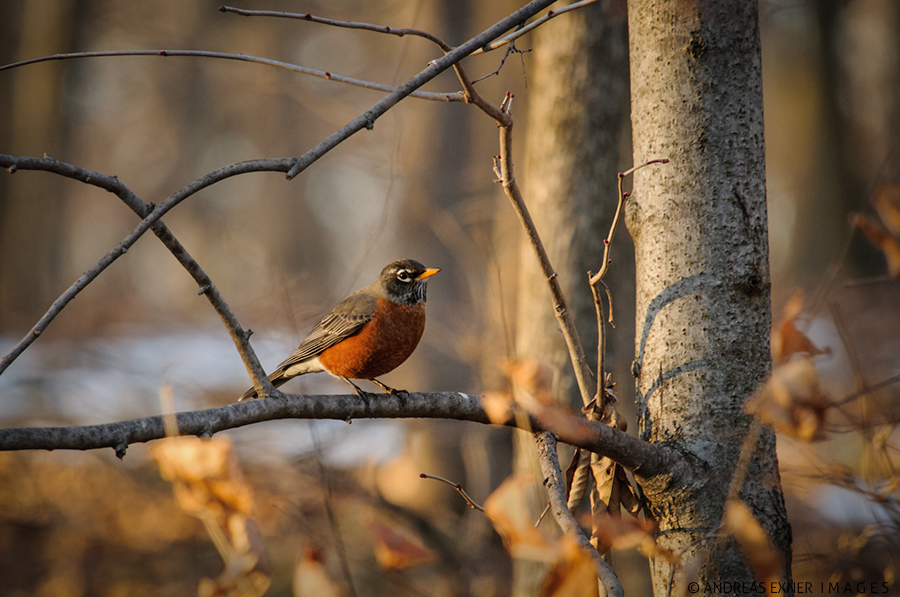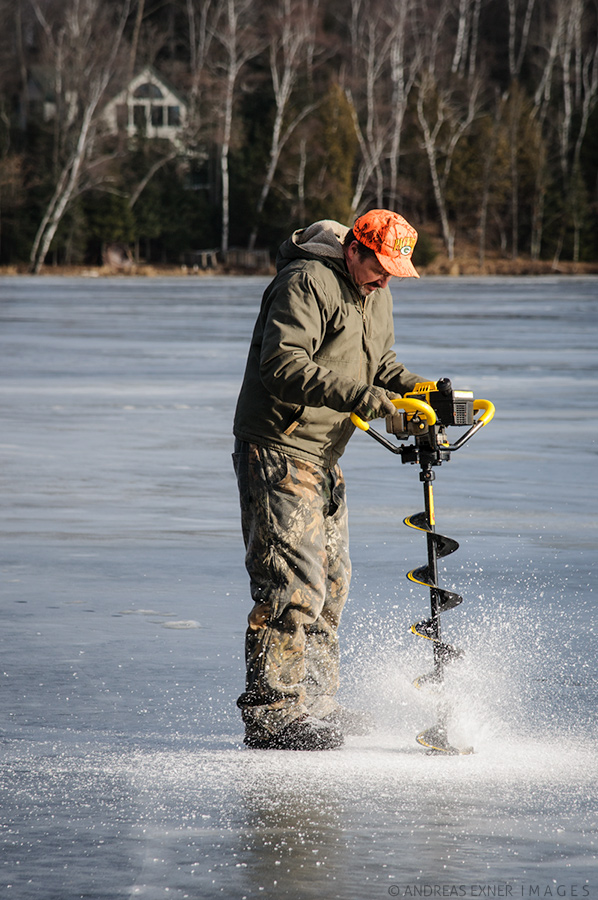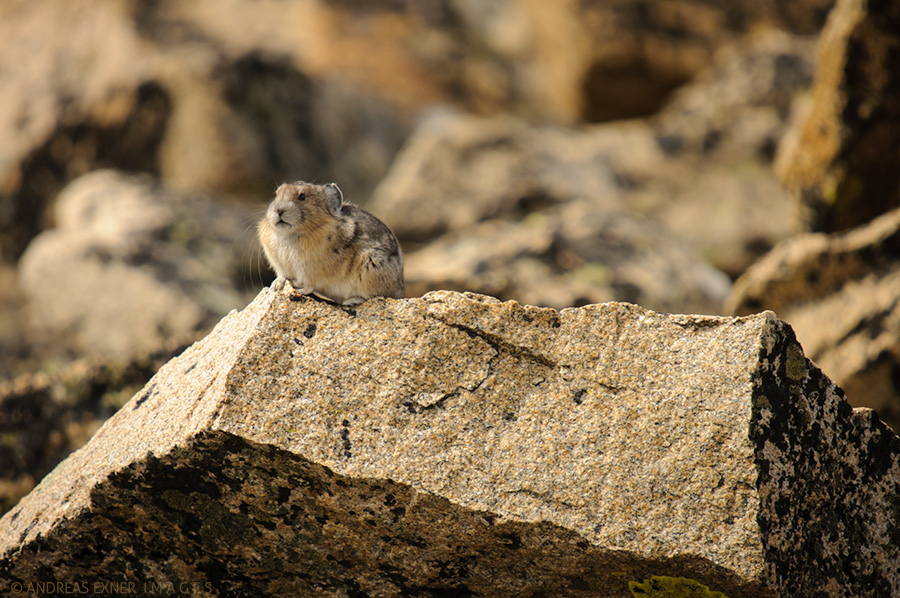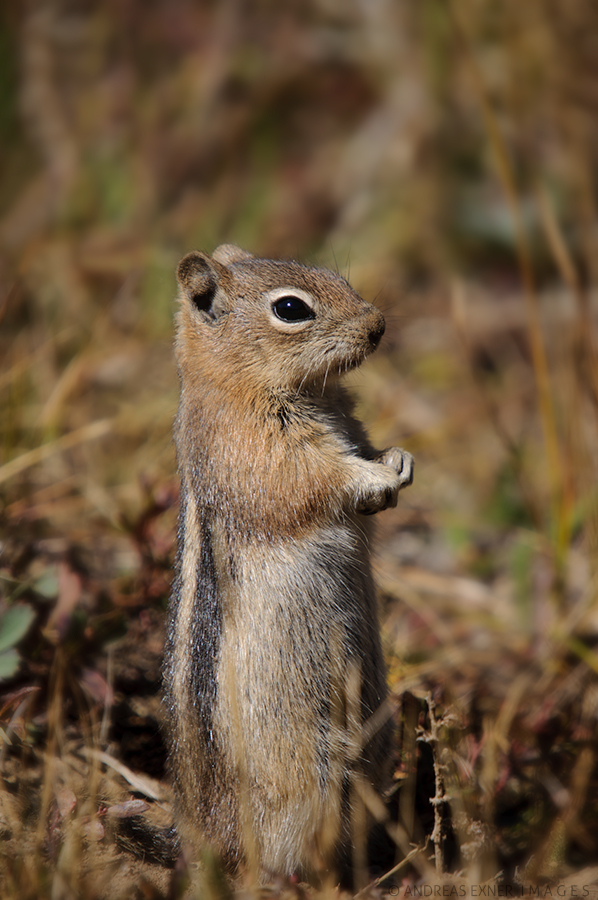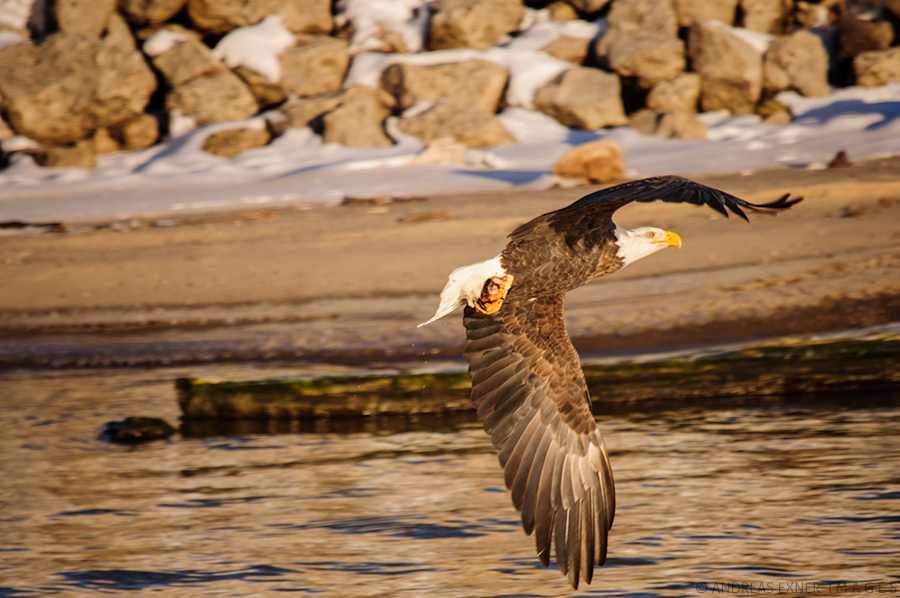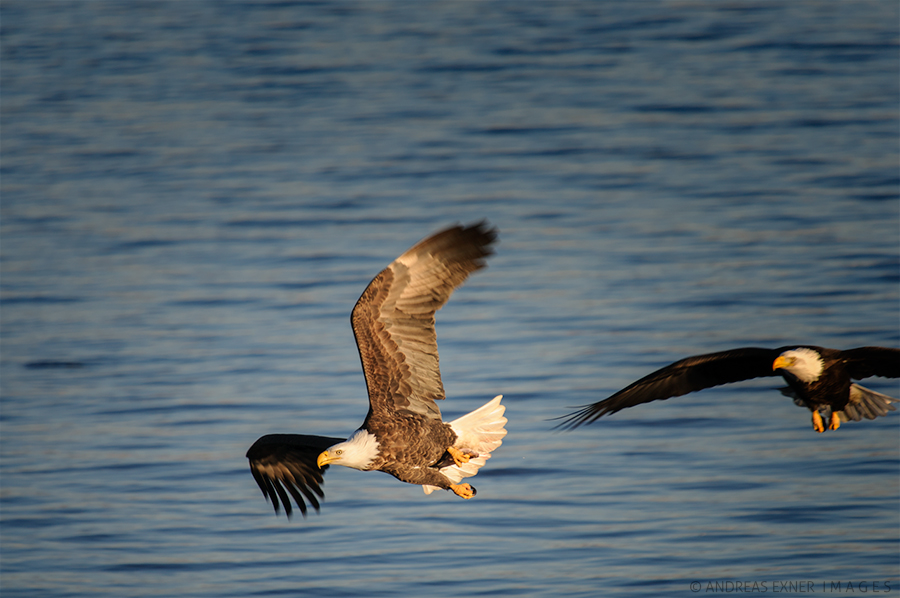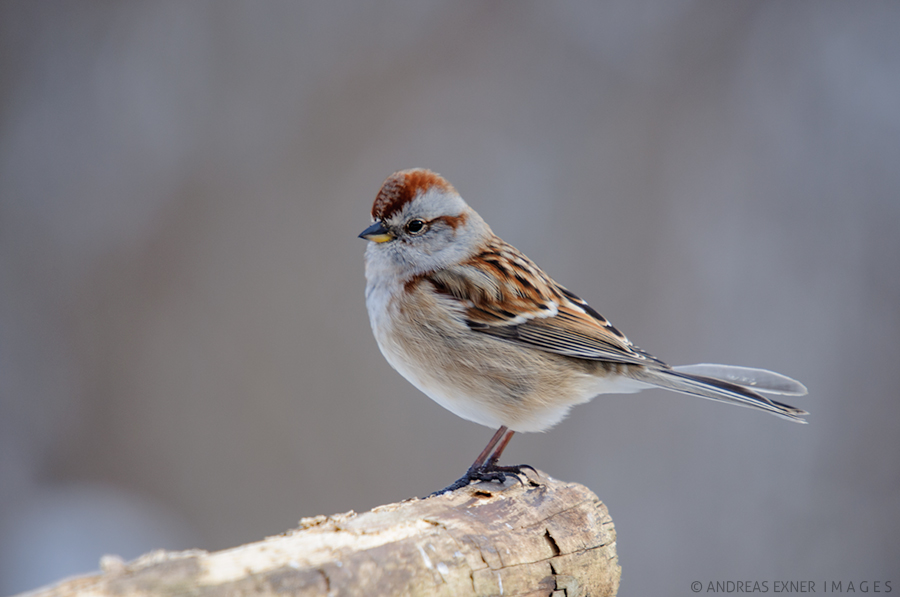Let me talk about some housekeeping things first. As you maybe have recognized I created a new header for the blog. I hope it carries the message again about what you will find here, like little stories about wildlife observations, landscape impressions, nature conservancy, and of course, the photography that hopefully tells more than any words will do. I also updated the portfolio for my landscape photography. Feel free to click the portfolio tab on the left and browse through these galleries. An update of the wildlife part will follow soon.
I made this photo last week already but didn't realize what I really have here until I tried to tag it today with the name of the bird. I knew the Pine Siskin has been in our neck of the woods before during the winter time but I have never been able to make a picture of it. It is not an uncommon bird but we just don't see it here all the time. The yellow patches on the wing led me to the right identification.
The photo is actually sharp but leaves still the impression of some softness. This is the result of shooting through the glass of our balcony door. I mounted the branch of a Red Cedar just beside our heated bird bath, which is a real attraction for most of the birds we have here during the winter. This is one of the tricks I learned from famous wildlife photographer Moose Peterson. I have said it before here in the blog, his websites, books, and publications bare a ton of information for anyone who wants to learn about wildlife, landscape, and aviation photography. Click his link on the left and you will enter a world of great photography and education. But hey, don't forget to come back here sometime... :-)


